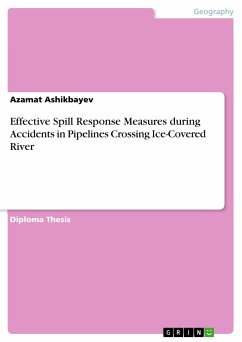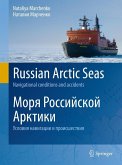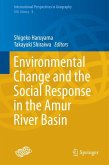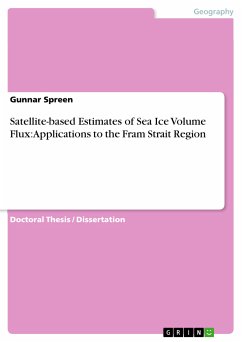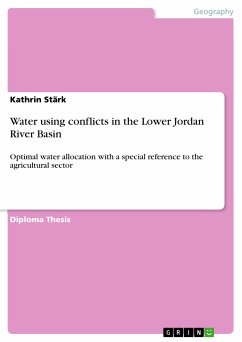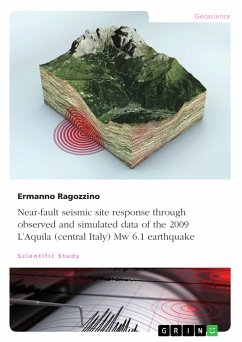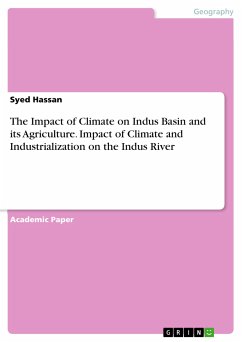Diploma Thesis from the year 2013 in the subject Geography / Earth Science - Physical Geography, Geomorphology, Environmental Studies, grade: A, Robert Gordon University Aberdeen (School of Engineering), course: MSc in Oil and Gas Engineering, language: English, abstract: The aim of the present study is to develop and determine effective spill localization methods for ice-covered rivers. Oil spills from pipelines crossing ice-covered river can have a harmful effect on the river and its inhabitants. Existing spill response techniques might be effective during the warm season of a year; however, during winter oil recovery is complicated by the presence of ice cover. The pipeline networks are rapidly increasing around the world for the last 10-20 years due to increased demand for energy. Pipelines are more reliable and safer mode of transportation in comparison to railway or oil tankers. However, each year there are hundreds of pipeline failures, sometimes resulting in significant environmental pollution, loss of transportation capacity and restoration expenses. When a spill is restrained below a solid ice, the infected area cannot be directly identified. Therefore, a pipeline rupture incident under ice-covered river should be considered as one of the worst-case scenarios in pipeline crossing design and spill response planning. Responding to a spill in the ice environment presents many challenges that are not met during the warmer months of the year. Government-sponsored organizations as well as oil companies are undertaking numerous Research and Development activities to improve spill response capabilities in challenging environments. Many of the tools and spill response techniques need to be verified for river conditions. Implementing successful spill response measures is a challenge for every party involved in response operations. Good understanding of oil behaviour in ice-covered waters can improve response preparedness during winter and facilitate response during actual spills. Spill response techniques in ice-covered rivers are similar and rely on downstream movement of oil under ice. Generally, it is assumed that oil beneath ice will move with the current. However, the force of flow is different in various rivers and cannot be uniform even along the same river. This means that ignoring current velocity and using one method in all types of rivers can lead to ineffective and messy response actions. Concerning this, research into spill response methods for ice-covered rivers is important in order to improve industry preparedness for the challenges of cold-weather response.
Dieser Download kann aus rechtlichen Gründen nur mit Rechnungsadresse in A, B, BG, CY, CZ, D, DK, EW, E, FIN, F, GR, HR, H, IRL, I, LT, L, LR, M, NL, PL, P, R, S, SLO, SK ausgeliefert werden.

